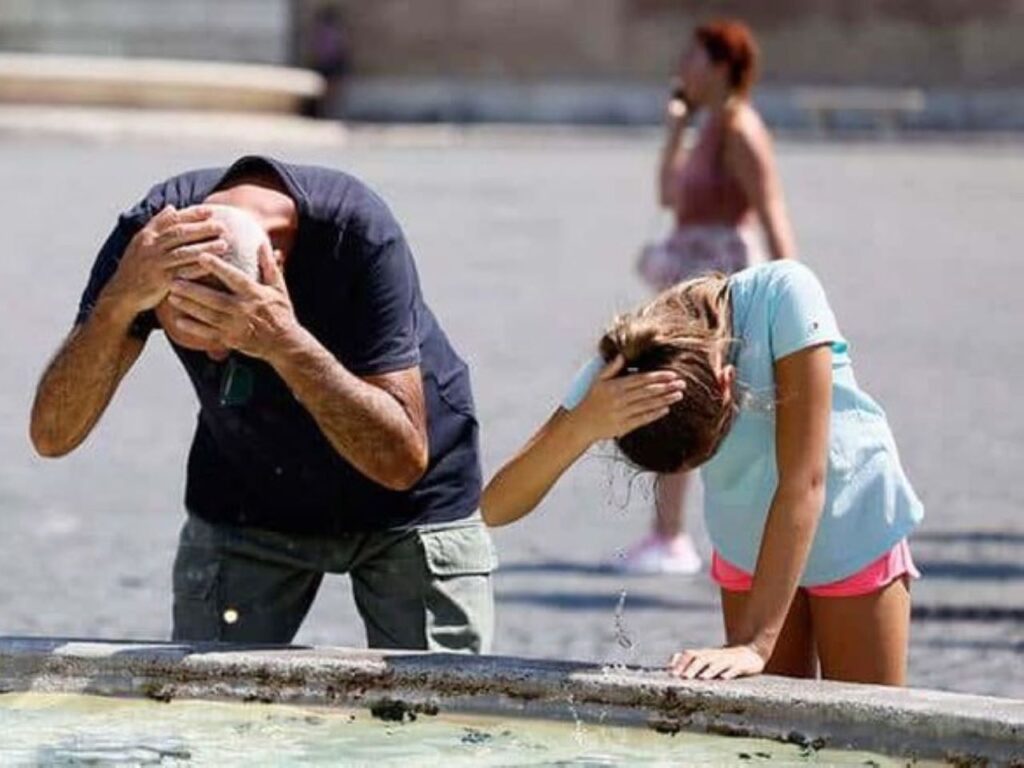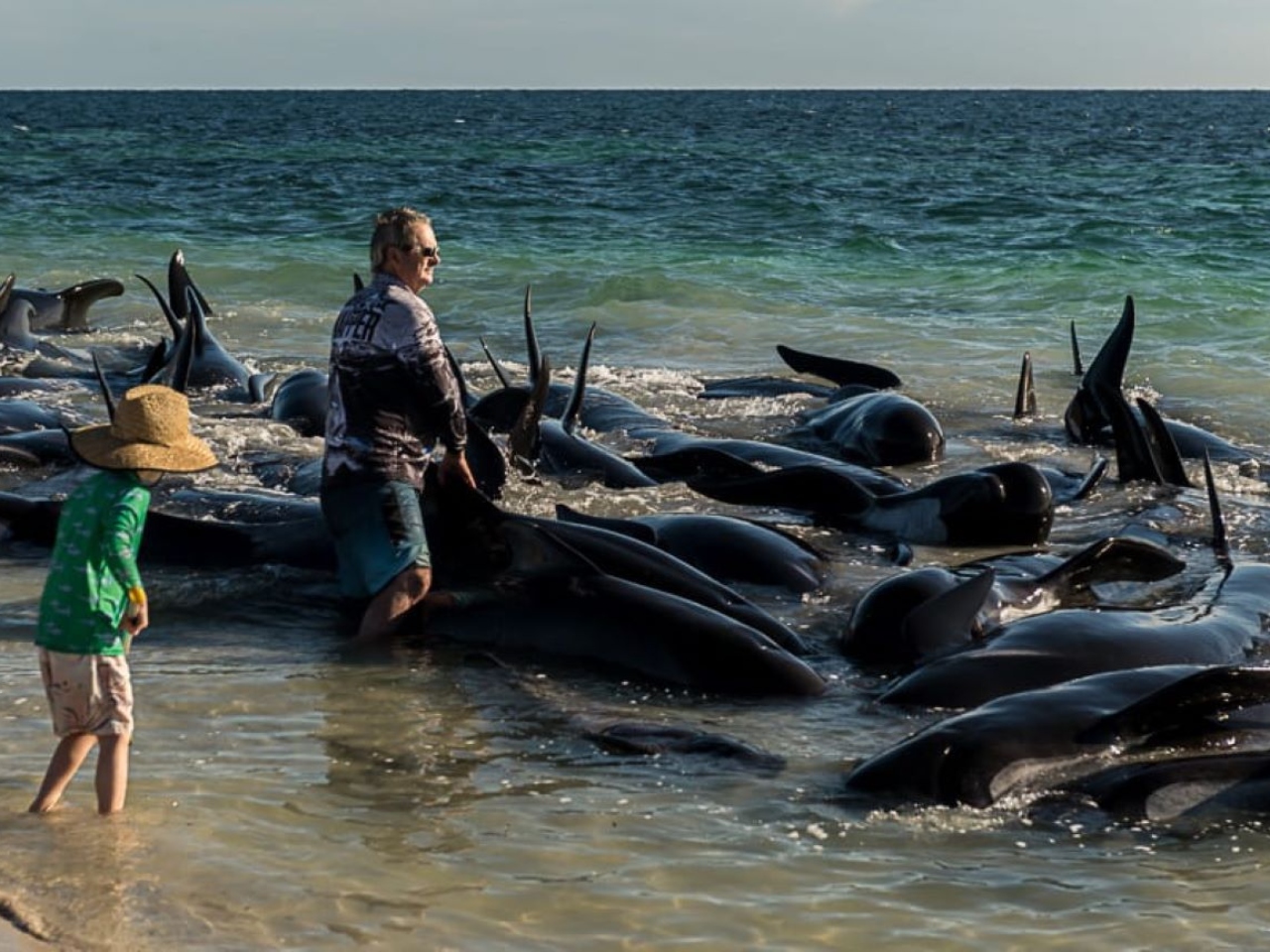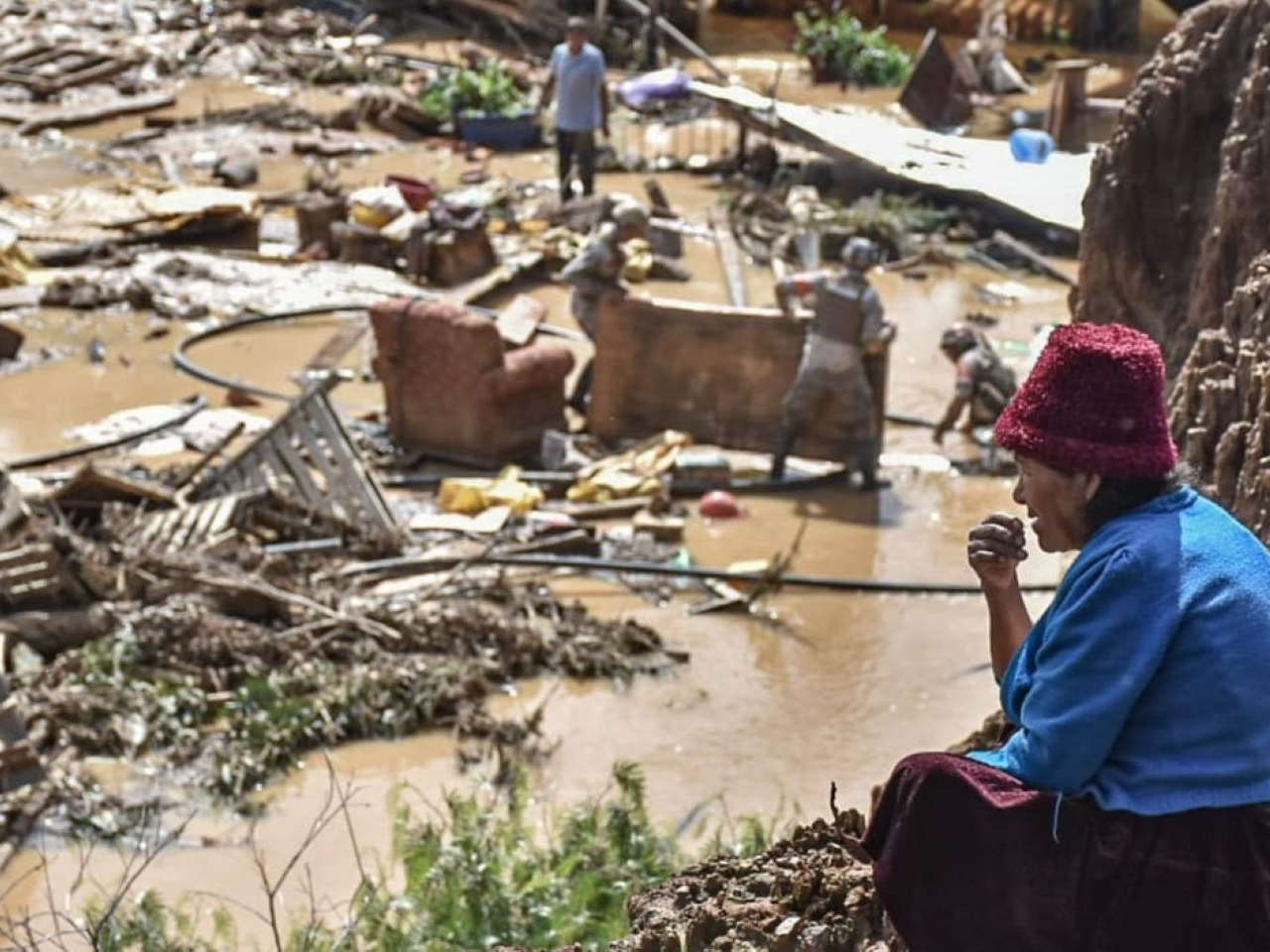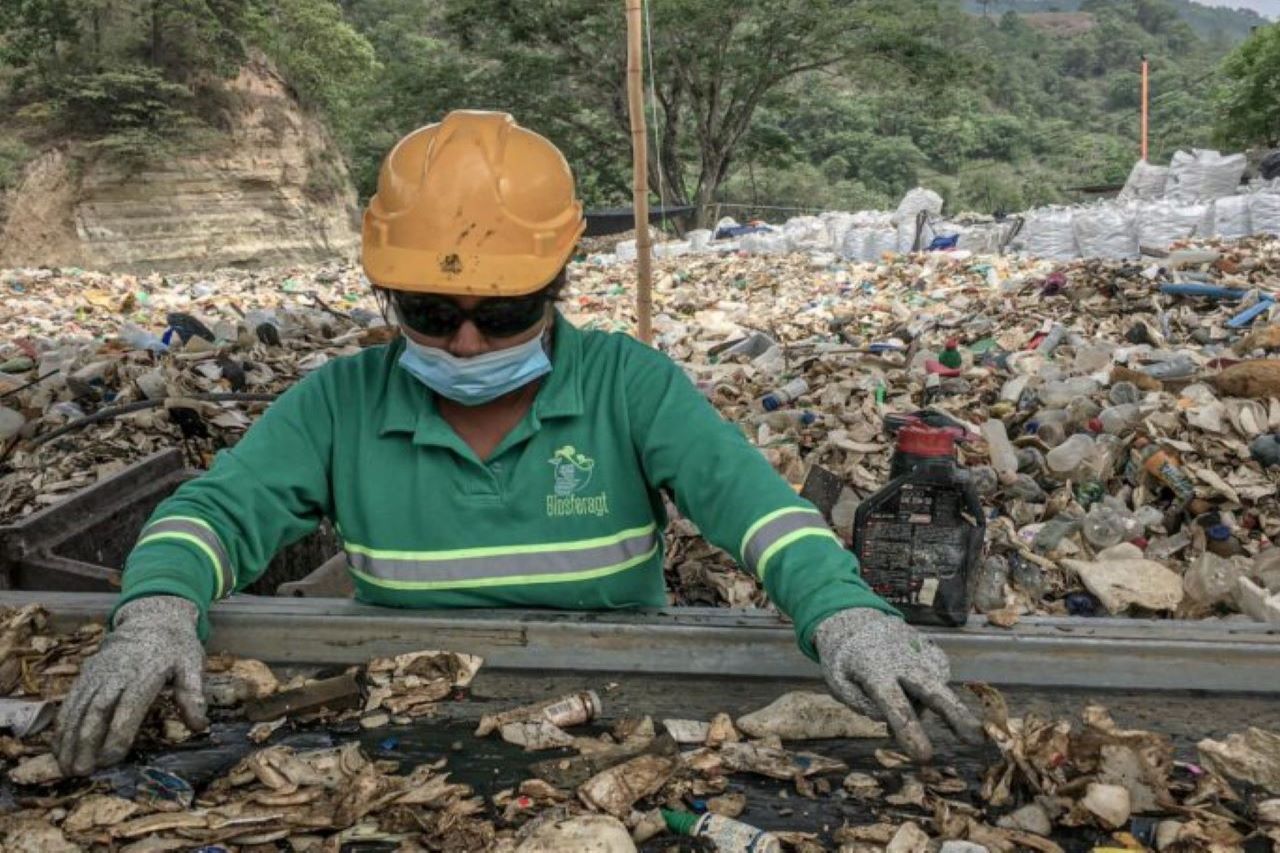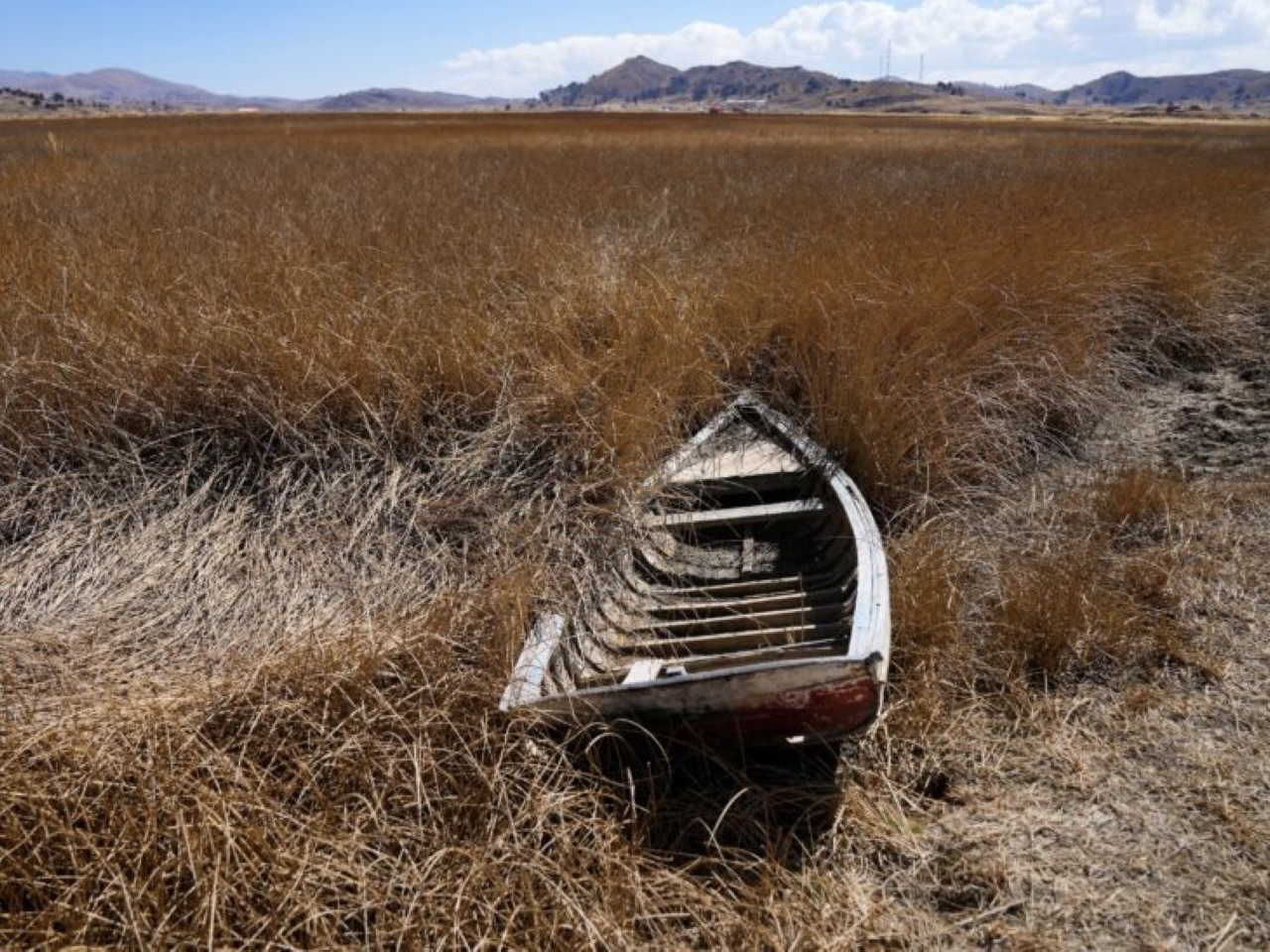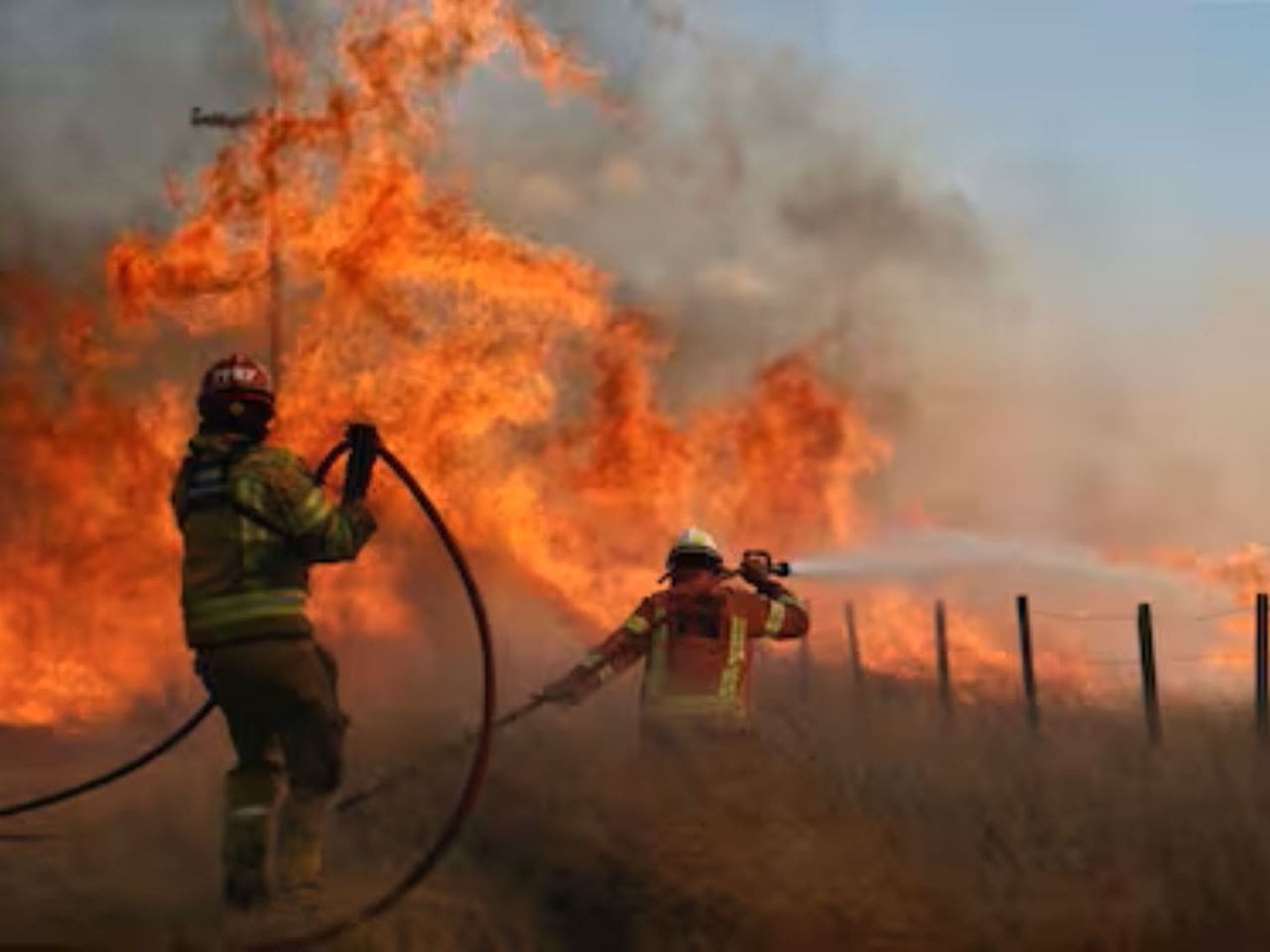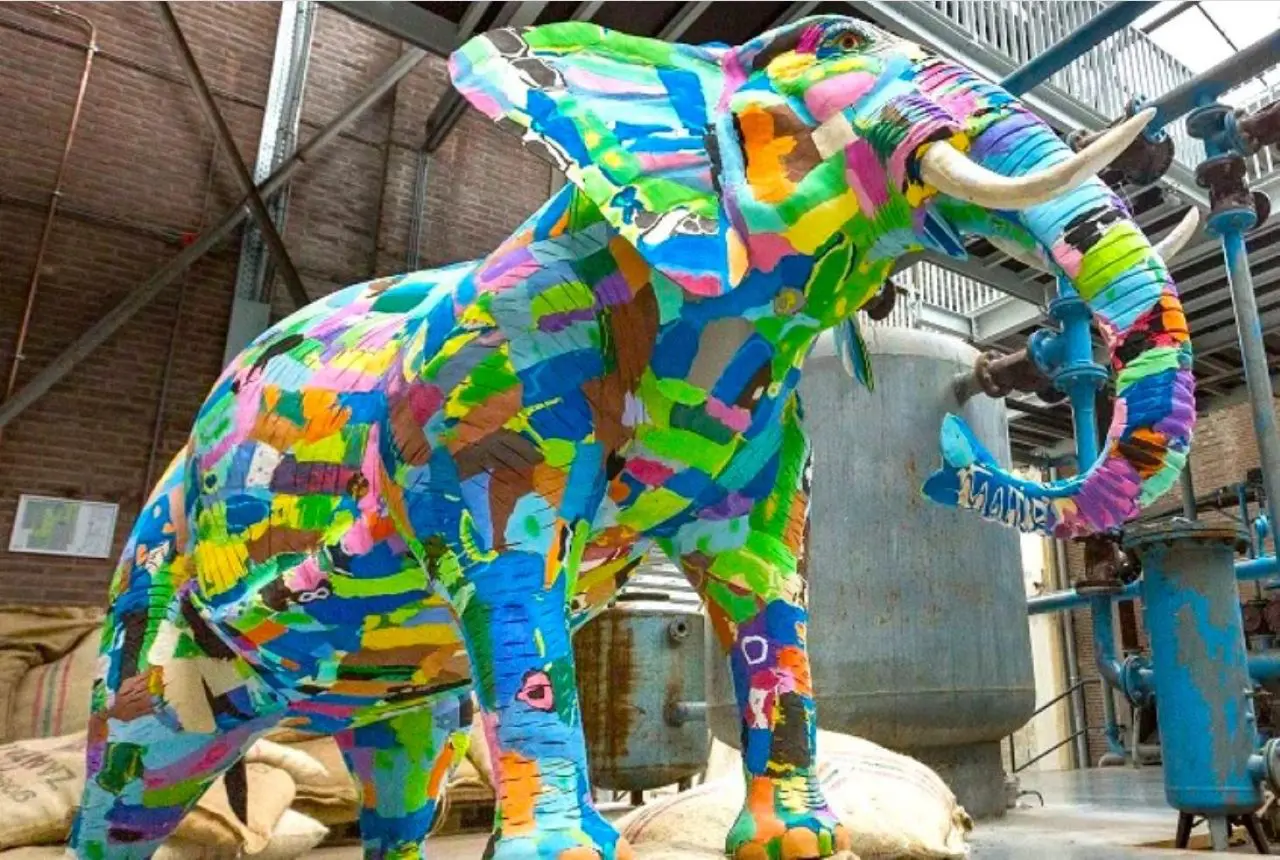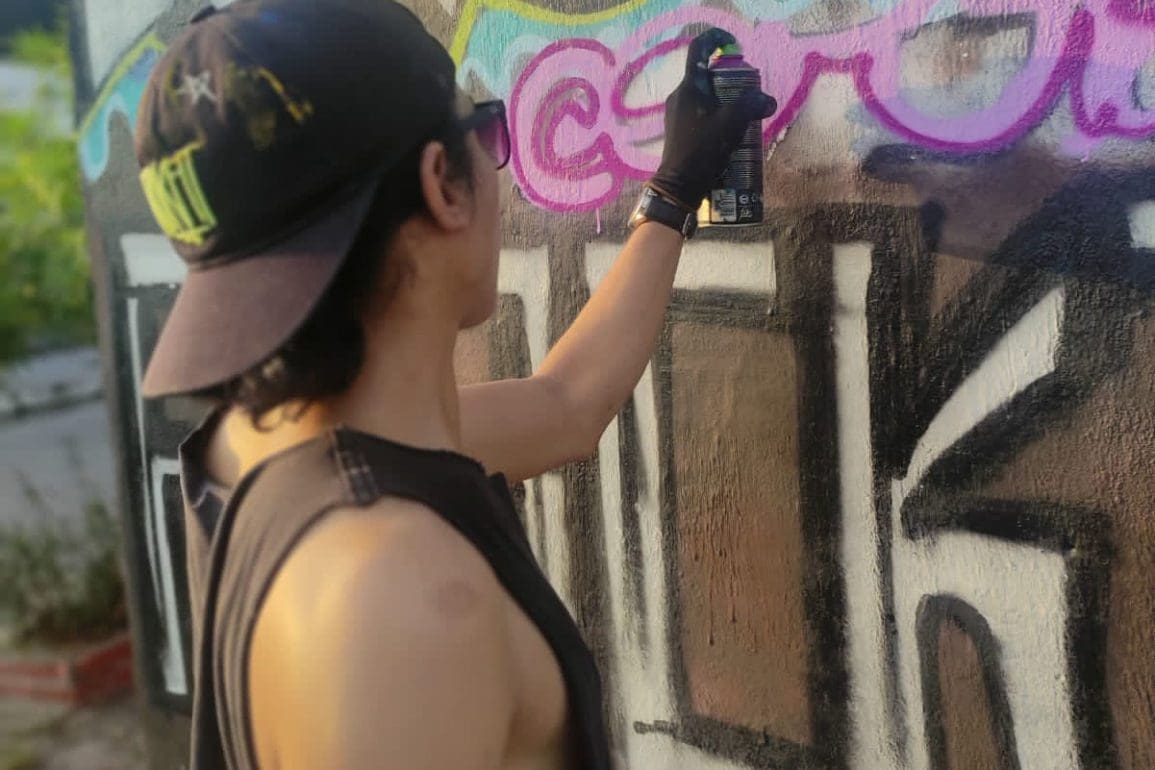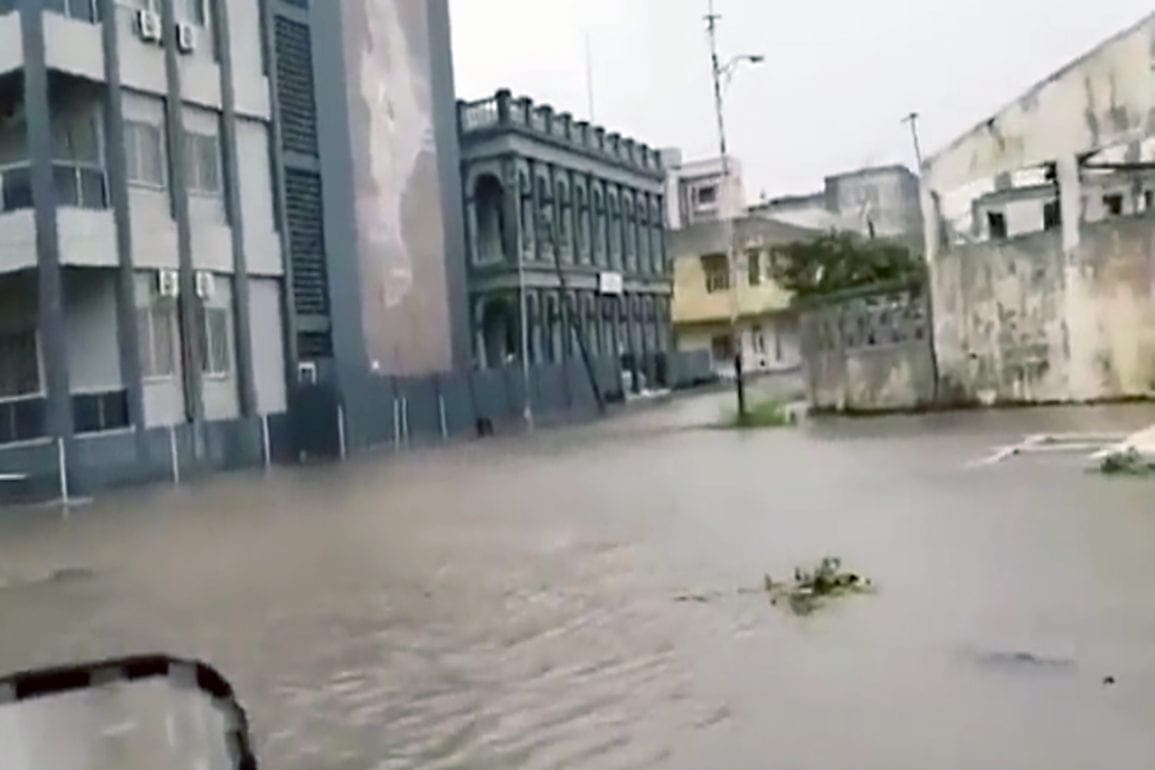Suffocating heatwave in Brazil leaves citizens fearful for the start of summer
As we walk through concrete neighborhoods with no trees, the stifling and unbearable heat closes in on us. It seems worse in impoverished areas. Most years, we feel relief from the blistering summer sun during brief, cooling rains, but this year they are conspicuously absent.
- 2 years ago
November 1, 2023

SAO PAULO, Brazil — The relentless heat in my city in Brazil has quickly become a public health emergency. In local shops, fans whir ineffectively as the thermometer registers a staggering 40 degrees Celsius (104 Fahrenheit) in the winter. The suffocating heat defies the typical tropical climate of Brazil, thus casting a shadow of dread over the population as summer approaches. [Brazilian summer runs from December through March.]
This experience goes beyond discomfort as the people of São Paulo struggle to endure historic temperatures that shatter meteorological records dating back to 1943. The oppressive heatwave goes beyond an anomaly. Rather, it heralds an unbearably early summer season as our electric bills soar. We cannot afford to overlook the broader crisis at hand: the devastating havoc wrought by human-induced climate change.
Read more environment stories at Orato World Media
Record-breaking heat in São Paulo, locals face uncharted territory
Here in São Paulo, I see firsthand how the heatwave disproportionately affects vulnerable communities. In the favelas [the working-class neighborhoods of Brazil], the lack of air conditioning and fans poses a serious health risk. The heat exacerbates existing conditions, ushering in a surge of heat-related illnesses. Sadly, I worry this may just be the beginning.
The architectural structure of our city worsens the weather conditions. As we walk through concrete neighborhoods with no trees, the stifling and unbearable heat closes in on us. It seems worse in impoverished areas. Most years, we feel relief from the blistering summer sun during brief, cooling rains, but this year they are conspicuously absent.
Amidst official advisories to stay hydrated, we see water disappearing from supermarket shelves. Public transport becomes a crucible of discomfort and tension. The strain is shown on people’s faces as they navigate buses and metros with faulty air conditioning. When I think about what is to come, I feel my body consumed by apprehension. With declining humidity in the Amazon and the rise of more severe weather patterns – including recent and devastating storms in Rio Grande do Sul – fear sets in. We are in uncharted territory.
Signaling a climate crisis: “I see a warning we cannot afford to dismiss”
Here in Brazil, I watch the thermometer as temperatures consistently rise about five degrees above average. Every day feels like an effort just to grapple through the heat and manage skyrocketing energy bills. Inside, fans and air conditioners work overtime, and we all worry, “Will the power grid buckle under this pressure?”
All around me, the most vulnerable pay the price. Children, older people, and those with chronic health issues get rushed to hospitals as they face life-threatening dehydration. The surge in admissions at medical facilities feels terrifying; the heatwaves have proven deadly.
However, this crisis isn’t confined to urban areas. Homes in rural communities, built mostly from flammable materials, are tinderboxes in the face of raging wildfires. When fire surrounds you, it feels like an unyielding and suffocating prison. This year marks Brazil’s worst fire season in 15 years, worsened by climate change and reduced wind currents.
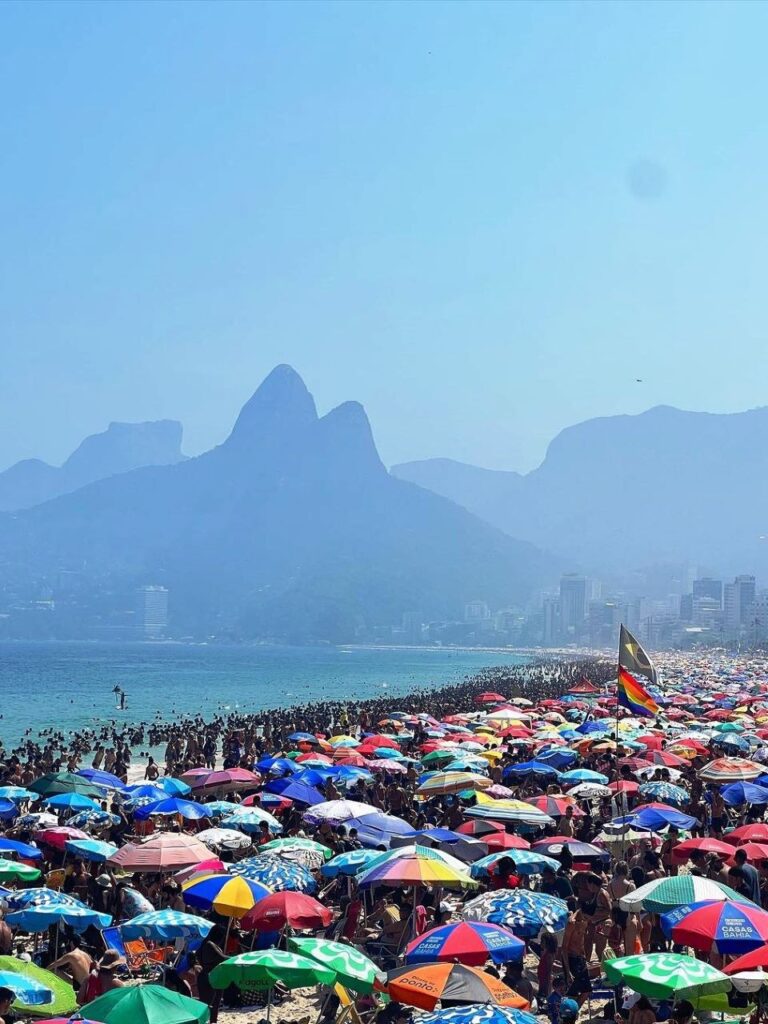
The heat isn’t just Brazil’s problem. The southernmost parts of South America are also facing an exceptionally warm winter, echoing the extreme summer temperatures that recently swept through Europe. It seems each season now arrives earlier, lasts longer, and intensifies year over year. In this, I see a warning we cannot afford to dismiss.
This isn’t a mere glitch; it’s the manifestation of climate change, further intensified by the resurgent El Niño phenomenon.

